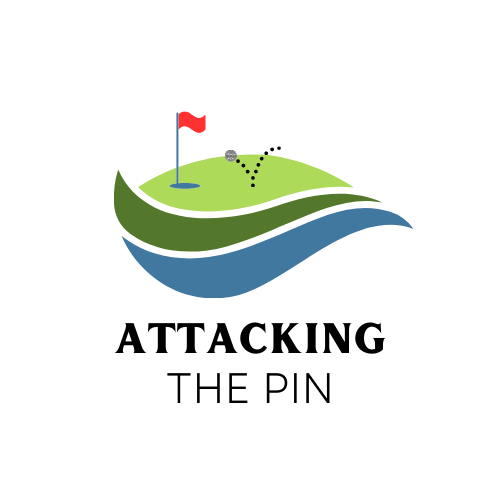Why do golf balls have dimples? The golf ball has been around for centuries, with different shapes and sizes, but the dimples have always been a part of the design. So what is the essence of these little indentations on a golf ball?
Why Do Golf Balls Have Dimples? What Are The Different Types Of Golf Balls?
There are a few different types of golf balls available on the market today, but they all have one thing in common – dimples! The most common type of golf ball is the standard ball, which is designed for general use. There are also some specialized balls available, such as the long-drive ball, which is designed to fly further than a standard ball.
There are also different types of golf balls for different playing conditions. For example, there are soft-core balls that are designed for use on wet courses, and there are also balls with extra layers that are designed for use in cold weather. So no matter what type of golf course you’re playing on, there’s a golf ball that’s perfect for the job.

Do Golf Balls Dimples Reduce Drags In Any Way?
There has been a lot of research on golf ball dimples and how they affect drag. In fact, the USGA conducted its own study in 1973 to determine the ideal number and size of dimples on a golf ball. The study found that a golf ball with more than 330 dimples traveled farther than one with fewer dimples.
But do dimples actually reduce drag? In short, the answer is yes. Dimples create a turbulent boundary layer on the surface of the golf ball, which delays the separation of the airflow and reduces drag. This means that a golf ball with dimples travels farther than one without them.
Benefits That Dimples Provide To A Golf Ball
- Firstly, they help to create turbulence in the air as the ball moves, which reduces drag and makes the ball travel further.
- They also help to keep the ball stable in flight, as the dimples create an uneven surface that turbulence can cling to. This prevents the ball from spinning too much and keeps it on course.
- Finally, the dimples also help to create lift, which keeps the ball in the air for longer and gives it more time to travel further. All of these benefits work together to create a golf ball that flies further and straighter than one without dimples.
- Dimples also make the golf ball more resistant to wind gusts, which can cause it to veer off course. All of these factors combine to make a dimpled golf ball travel farther and more accurately than a smooth golf ball.
- Dimples help to create backspin on the ball as it lands, which gives it more stopping power and keeps it from bouncing too far after it hits the green. This is especially important on longer putts, where a little bit of backspin can make the difference between sinking and missing the putt.
- Overall, then, dimples provide a number of benefits that make it easier to hit accurate shots and sink putts. If you’re looking to improve your golf game, using a golf ball with dimples is one way to do it.
Meaning Of Divots In Golf
There are a few different explanations for the meaning of divots in golf.
- One is that they are created when a club strikes the ground, and they indicate where a ball has landed.
- Another explanation is that they are caused by the impact of a club on turf, and help to hold the turf in place.
- Lastly, divots can also be seen as an indicator of a golfer’s ability, as good players are able to create smaller divots. No matter what their purpose, divots are an important part of the game of golf.
When it comes to understanding the meaning of divots in golf, there are a few different explanations. The most common explanation is that they are created when a club strikes the ground. This can be seen as an indicator of where a ball has landed on the course. If there is a large divot in front of the ball, it means that the ball has landed on that spot, and if there is a small divot, it means that the ball has landed close by.
No matter what their purpose, divots are an important part of the game of golf. They help to show where a ball has landed, and can also be seen as an indicator of a golfer’s ability. With practice, players can learn to create smaller divots, which can improve their game.
What Is The History Of Golf Balls?
The golf ball has been around for centuries, with different shapes and sizes, but the dimples have always been a part of the design. The first golf balls were made from wood, but they were eventually replaced by leather-covered balls in the 1800s. These balls were filled with feathers and hair, which gave them their characteristic curving flight.
In 1898, William Taylor patented the first dimpled golf ball, which improved its flight and stability. Other inventors soon followed suit, and the modern golf ball was born. Dimples have been a part of every golf ball design ever since, and they’re still an important part of the game today.
Conclusion
So next time you’re playing golf, be sure to thank the dimples on your ball for all their hard work! They play an important role in helping you to make that perfect shot.
Articles You Might Enjoy Reading






